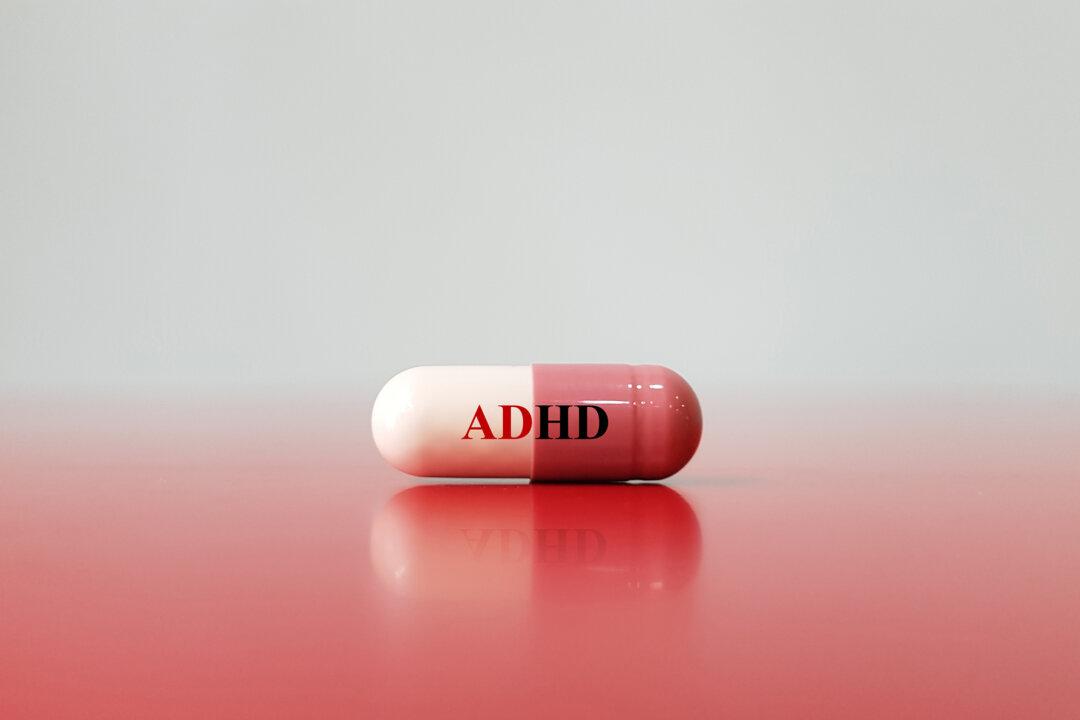The past few years have blown wide open a scandal that has long existed but is not that well known except by specialists. The problem is the collaboration among pharmaceutical companies, government regulators, and the medical industry. The problem is so vast that it is hardly describable in a short article.
It turns out that the ineffective COVID-19 shots were just the beginning. As far as we know and have discovered in the course of investigations, the shot was developed quickly as a countermeasure to distract from the problem of a lab leak. The world’s population was held hostage for a year and more while the inoculation was rolled out. But once deployed, it became obvious that it could not actually block infection or stop the spread. So everyone got the bug anyway, and we are left with tremendous damage caused by the shots themselves.
I described this short history to Dr. Drew Pinsky, the famed addiction doctor who now has a popular video podcast. He found no fault with my scenario as mapped above. He immediately added that this has many parallels with the opioid crisis that led him into public advocacy. The pharma companies advertised some miracle drugs to fix pain with no risk of addiction.
The frenzy to prescribe was so intense that some doctors even feared penalties for not prescribing. The result, of course, was a disastrous addiction crisis that continues to this day. Unlike vaccine companies, the producers were not indemnified against payouts for harms, and as much as $50 billion ended up going to victims just last year. The numbers are mind-boggling.
It turns out that there is nothing proven chemically to constitute ADHD. It is entirely a diagnosis applied based on behavior as identified throughout a checklist questionnaire. The checklist is about fidgeting, forgetting, boredom, finishing tasks, various forms of acting up, expressions of frustration, and so on. In other words, what we have here is a list of all the signs you might expect when boys in particular are told to sit perfectly still at a desk for months and years and complete tasks assigned to them by some authority figure.
With this kind of diagnosis, you are likely to rope in a vast number of kids, particularly the exceptional ones and those once considered to be “gifted and talented.” As it turns out, there is a vast industry working today to pathologize perfectly normal behavioral traits. It hits boys in particular very hard because, in general, they mature more slowly than girls and tend toward behavioral resistance to environmental adaptivity relative to girls.
What could be the purpose of such a diagnosis? You guessed it: There are drugs for this supposed problem. They have various names: Ritalin (methylphenidate), Adderall (amphetamine), Dexmethylphenidate, Lisdexamfetamine, Clonidine, and Atomoxetine. Not even one of them has been proven to be a chemical fix for any biological abnormality. They are all behavioral-adjustment drugs, that is, psychotropic drugs, that is, narcotics for kids.
Listening to all of this, I found myself astounded. And yet, in some ways, it fits with everything else we know. We have an industry here that is in a tight working relationship with government institutions such as public schools, plus regulators, plus medical authorities that are throwing drugs at people with the promise of miracles but with results that actually ruin lives.
Think of how different your school years would have been if you had developed a drug addiction and lived off psychotropic meds from the age of 7. I was fortunately spared such a fate. But millions of kids today cannot say the same. It’s utterly astonishing. It strikes me that this is a scandal just waiting to be blown wide open.
Among the related factors, as Robert F. Kennedy Jr. has been pointing out in public lately, is the odd relationship between school shootings and the wide distribution of these drugs. Many cases we know about already, but the medical records of others are being withheld, even though the public is more and more understanding that the real problem is not guns but pharmacological products. And yet the activists themselves are entirely focused on taking away guns rather than looking more deeply.
I have had personal experience with young adults who are addicted to Adderall. In many ways, when you are a college student, it seems like a miracle drug. In college, discipline regarding the use of time recedes into a low priority. Instead, the demand is to turn in long papers on deadline, memorize vast material you can spit out on a test and forget the next day, and otherwise stay intensely focused sporadically. For many students, this drug is exactly what the doctor ordered: It permits hyper-focused all-nighters followed by a day or two of feeling like a zombie, but no one notices.
I’ve known many people who develop addictions, not only physical ones but psychological ones: Life without the drug seems dull by comparison, and who wants that? These students carry this over into professional life and attempt the same pattern. They can work all day and stay up all night and achieve something that seems mind-blowing but not quite what you asked for. You ask for fixes, and they don’t happen. In fact, you don’t hear from them for days after until they reemerge with no memory of the work they did. This pattern repeats itself.
I gradually came to learn that the real problem was the drugs. I concluded that I would rather have a moderately productive employee who at least had a steady pattern of labor and a mild recall of skills that could be built up over time. The issue is that when hiring someone, it’s not quite kosher to ask such questions as “What drugs do you take?” You end up guessing, and sometimes guessing wrong.
I’m telling you from long experience that these drugs are a catastrophe for professional life. No one should ever take them. That’s my considered opinion in any case, and I frequently warn college students against them. And what’s true for college kids is thousands of times more so for high school and grade school. It’s a complete scandal that these drugs are given out like candy to school kids. Parents have every right and obligation to resist.
It’s all the more astonishing to learn, as I did recently, that there never was any science to the diagnosis of ADHD, any more than there was any science behind social distancing. It’s all made up to service the state and its adjacent players in the private sector who benefit from various mandates that somehow always end in drugging the population. The whole thing astounds me.
Think about the bigger picture. We’ve created these public schools, forced the kids to attend them, banned them from any remunerative work, shoved boys and girls together, imposed uniform curricula as if every student learns at the same pace, taken away discretion from teachers, and saddled the institutions with massive bureaucracies. When the kids don’t take well to the environment, we call them mentally ill and drug them up in ways from which state-connected pharma companies can profit.
This level of cruelty is really baked into the system. It’s a wonder that any civilized society could ever accept it. And once you discover the fullness of the scandal that’s going on, you have to start asking other questions about weight-loss drugs, other vaccines, miracle cures, and the entire machinery of allopathic medicine itself. Yes, the rabbit hole is very deep.







